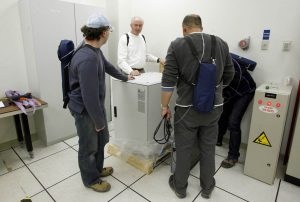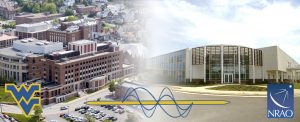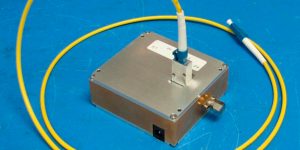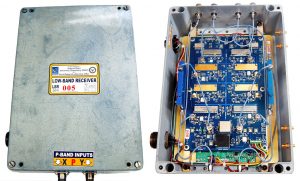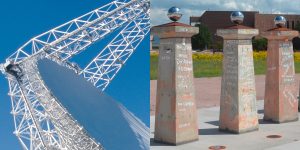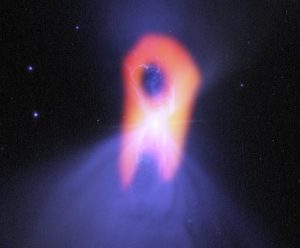Upgrade to ALMA soon will help astronomers make the first images of a black hole as part of the Event Horizon Telescope.
NRAO, WVU Expand Broadband Data Network to Bolster Astronomy Research
The NRAO and West Virginia University (WVU) have inaugurated a new super high-speed broadband data network to bolster collaboration and scientific research.
NRAO Media Tip Sheet: February 2014
Merging galaxy clusters, big boost for big data, and exciting sessions at the 2014 AAAS meeting
New System Makes the VLA Two Telescopes in One
The VLA will get a new system allowing it to continuously monitor the sky to study the ionosphere and detect short bursts of radio emission from astronomical objects.
NRAO Media Tip Sheet: November 2013
VLBI between West Virginia and Shanghai and the world’s first radio sundial.
ALMA Reveals Ghostly Shape of Coldest Place in the Universe
At a cosmologically crisp one degree Kelvin, the Boomerang Nebula is the coldest known object in the Universe.






